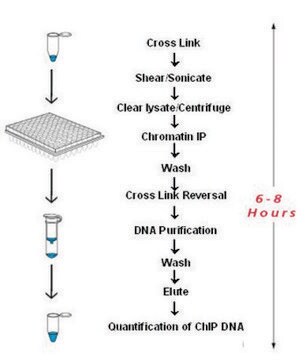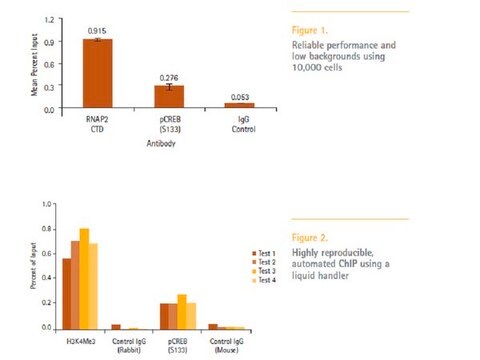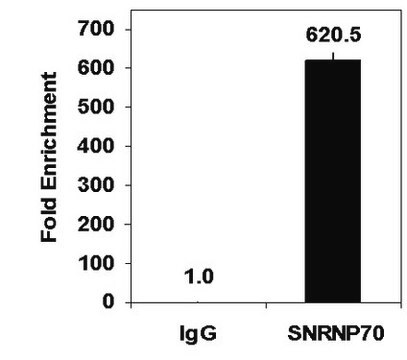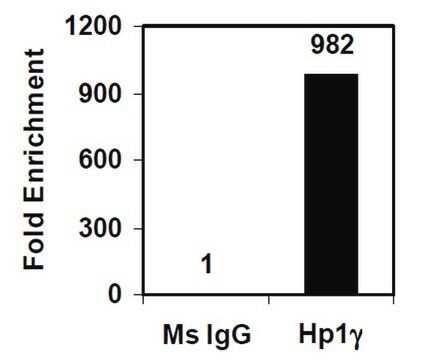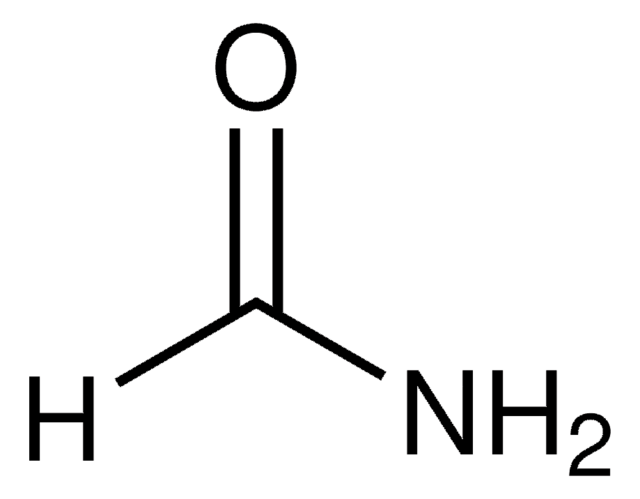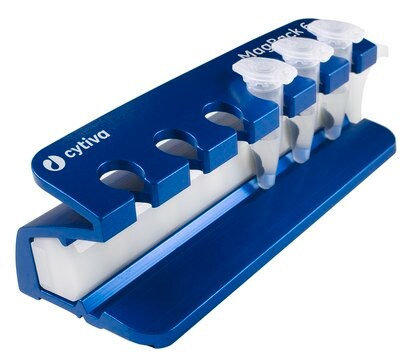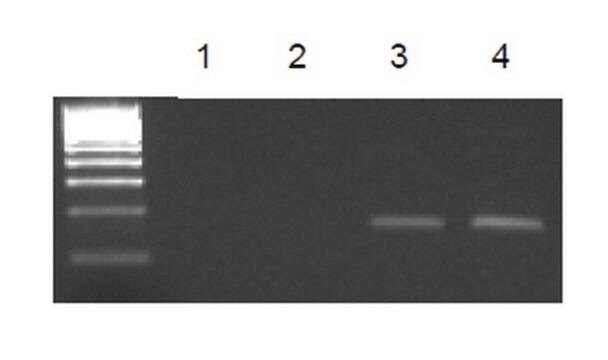Wichtige Dokumente
CHROP
Imprint® Ultra Chromatin Optimization Kit
Kit designed to optimize sonication parameters for ChIP experiments
About This Item
Empfohlene Produkte
Verwandte Kategorien
Allgemeine Beschreibung
Komponenten
Rechtliche Hinweise
Kit-Komponenten auch einzeln erhältlich
- I8896IGEPAL® CA-630, for molecular biologySDB
- S5150Sodium chloride solution, 5 M in H2O, BioReagent, for molecular biology, suitable for cell cultureSDB
- W4502Water, Nuclease-Free Water, for Molecular BiologySDB
- A84564-(2-Aminoethyl)benzenesulfonyl fluoride hydrochloride, ≥97.0% (HPLC)SDB
- P8340Protease Inhibitor Cocktail, for use with mammalian cell and tissue extracts, DMSO solutionSDB
- R4642Ribonuclease A from bovine pancreas, (Solution of 50% glycerol, 10mM Tris-HCL pH 8.0)SDB
Signalwort
Danger
Gefahreneinstufungen
Acute Tox. 4 Oral - Aquatic Acute 1 - Aquatic Chronic 1 - Eye Dam. 1 - Flam. Liq. 3 - Met. Corr. 1 - Ox. Liq. 1 - Resp. Sens. 1 - Skin Corr. 1B - STOT SE 3
Zielorgane
Central nervous system
Lagerklassenschlüssel
5.1A - Strongly oxidizing hazardous materials
Flammpunkt (°F)
100.4 °F
Flammpunkt (°C)
38 °C
Hier finden Sie alle aktuellen Versionen:
Analysenzertifikate (COA)
It looks like we've run into a problem, but you can still download Certificates of Analysis from our Dokumente section.
Wenn Sie Hilfe benötigen, wenden Sie sich bitte an Kundensupport
Besitzen Sie dieses Produkt bereits?
In der Dokumentenbibliothek finden Sie die Dokumentation zu den Produkten, die Sie kürzlich erworben haben.
Artikel
Epigenetic modifications are thought to occur through two key interconnected processes—DNA methylation and the covalent modification of histones.
Protokolle
Chromatin Immunoprecipitation qPCR for studying gene regulation across conditions.
Unser Team von Wissenschaftlern verfügt über Erfahrung in allen Forschungsbereichen einschließlich Life Science, Materialwissenschaften, chemischer Synthese, Chromatographie, Analytik und vielen mehr..
Setzen Sie sich mit dem technischen Dienst in Verbindung.